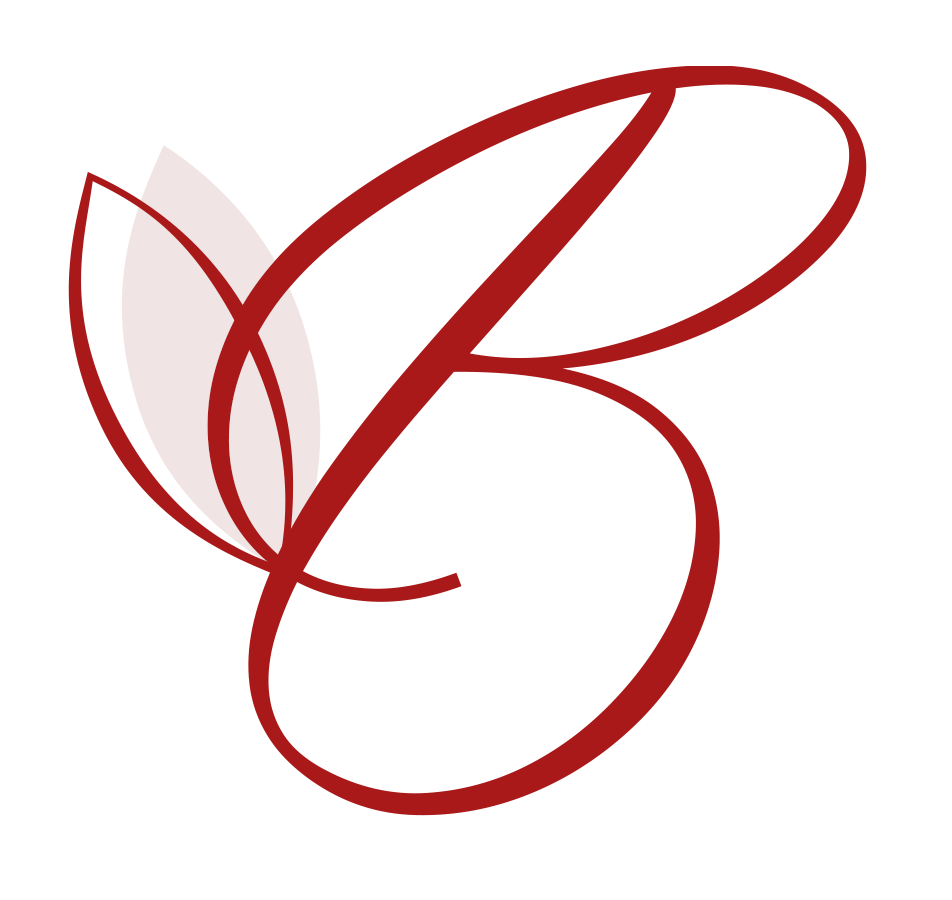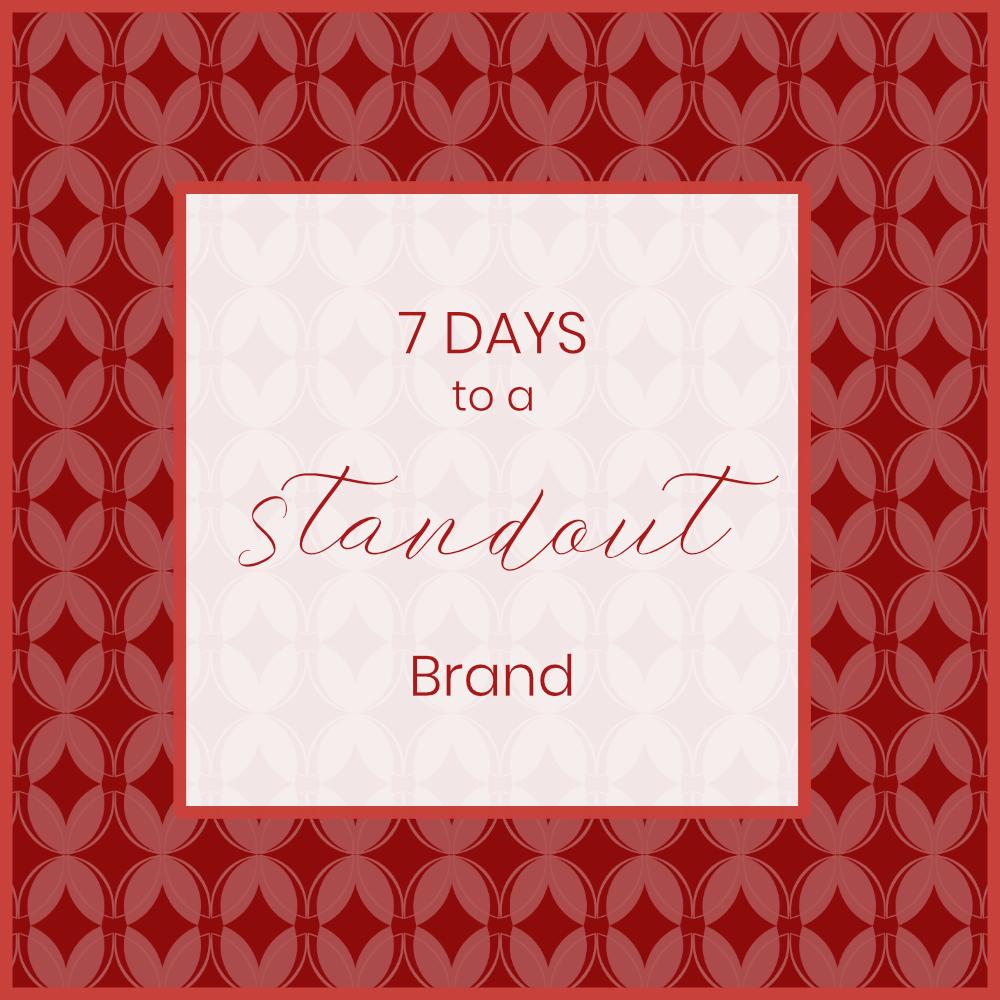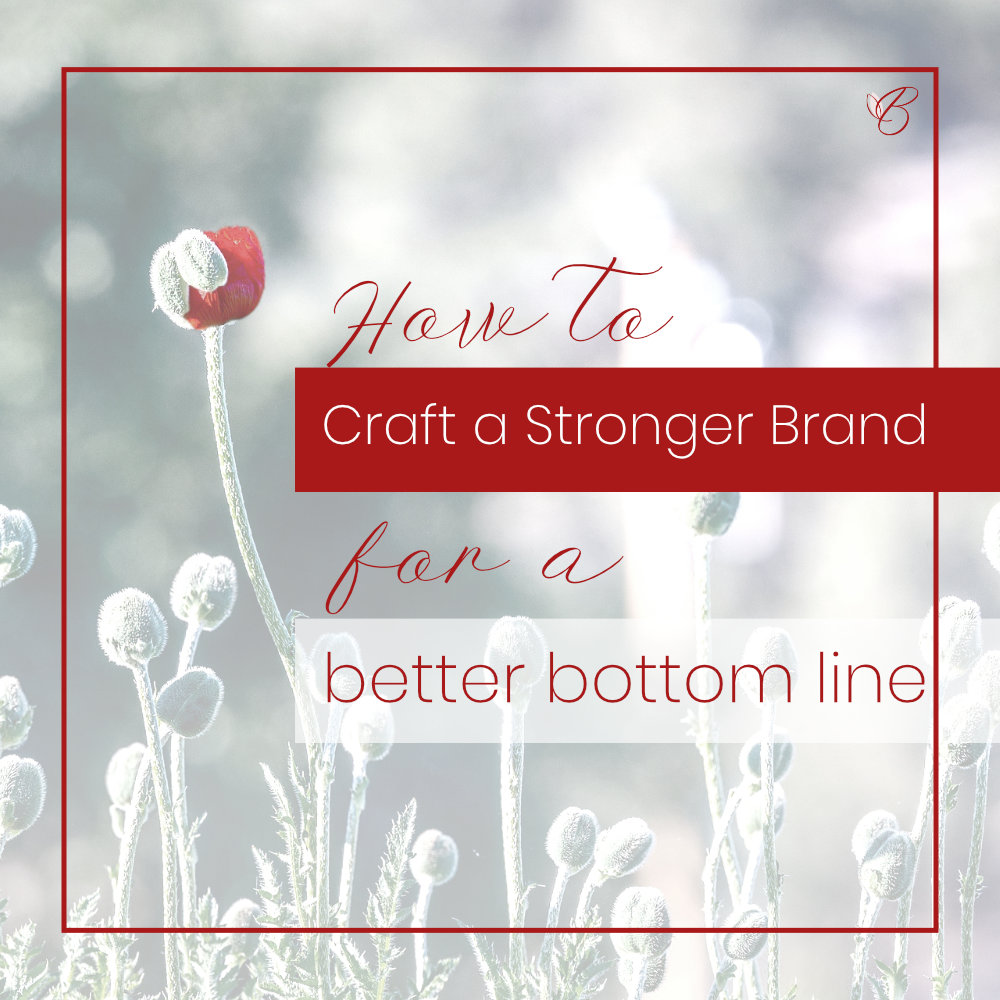Planning a standout website takes a bit of time and thought,
but needn’t be hard. But certainly, creating a new site (or revamping an existing one) shouldn’t happen by piecemeal.
It’s NOT a business card with extended information about your business – although, it does include that information.
It’s not about getting the tech set up first and then figuring out what you want to say/do as you go along. THAT should be the other way around – figure out what you want your site to DO first, and then choose the platform and tech setup to suit that.
It’s not just to be a pretty space to show off your branding and graphics (although, a beautiful-looking site is MUCH more engaging than a poorly-designed one, and people will hang around on it longer)
Setting up, or revamping your site should start with a plan and these three key things.
KEY 1: What is the purpose of your site?
What do you want your audience to do? Generally, it should lead your audience to take some kind of action. And what that is depends on your business goals, and your audience. Most people are generally fairly unlikely to purchase a big-ticket item the first time they land on your site. So, perhaps you could get them to join your mailing list first, or even just read a blog post. They need to get to know like and trust you before they’ll buy from you!
Understanding the purpose of your site will affect its layout hugely – the “what-you-put-where”.
If your site is primarily ecommerce and you’re selling tangible products, examples of those products should be front and centre of attention on your home page, probably pretty close to the top of the page. You probably wouldn’t have a big picture of you as the founder of the company in that prime above-the-fold spot. You want your audience to experience the products! So, big pics of products,some info about their quality and special features, etc. And then, easy access to purchasing them.
But if you’re a life coach – then it makes absolute sense to have that photo of you the first thing people see when they land on your site! Because as mentioned, you want to build the know-like-trust factors. And then, your audience’s next step depends a lot on the type of work you do, your price point, and lots of other factors. And if you know your audience well, then you should know what their most likely next step is – and your site’s layout will facilitate that action by leading them to it, and making it super easy for them to take that step.
KEY 2: Who is your audience and what are they looking for?
Who is your target market, and what are they looking for? You need to structure your site so they can easily find the information they want.
What do they want?
(a) They want to know they’re in the right place. So your home page needs to establish clearly what you do. And the most important place to do this is “Above The Fold”, i.e. the area that shows on your screen when you land on a site. If this doesn’t directly tell them they’re in the right place, then it’s less likely they’ll scroll down to read more.
(b) They want to know who you are. (Did you know your About page is the second MOST-LOOKED-AT page on your website after your home page?) If you work 1:1, then this is ESPECIALLY true. They want to see what you look like, and it’s true – we tend to gravitate towards people who are like us. More importantly though, they want to know you understand them – their lived experience, what they’re trying to get away from and what they’re looking for. And often, they want to know where you live. I’d rather work with someone in Australia because of time zones, but I’ll stretch to other countries if there is something exceptional I need.
(c) They want to know a little about what you do and how you work. And, when you’re describing your work, please DON’T use industry jargon, or try and be clever; DO use clear, straightforward language. Your audience usually has zero idea what those esoteric terms are and will miss your inside jokes! Instead, they’ll fumble around your site and give up. This tip is especially true for your menu. They might look first and foremost for “massage therapies” or even “free resources” if they want to get to know you a bit better before they purchase anything.
So, with all of that in mind, create a logical structure for your site. Your Menu can typically include – Home, About, Work With Me, Resources, Contact. Your Work With Me item could include a drop-down menu, with further choices if you think that would be helpful for your audience.
As to the main purpose of your site – beyond reassuring them they’re in the right place, and sharing relevant info on your About page so they know you understand where they’re at, think carefully about what action you want your audience to take. If you want your audience to say, read a blog and possibly sign up to your list – then include the signup links in relevant blog posts. If you have small-ticket items for sale, you could talk about how you use them in a blog post (ALWAYS be helpful, try not to be salesy!) and provide links to your shop.
If you want people to book in for a chat, then gear your content towards that, and provide several places throughout your site where they can click to book in with you.
Planning a standout website means you need to put yourself in your audience’s shoes and consider how they’ll use the information presented to them – and then, overlay that information with what your purpose for the website is, and design accordingly.
KEY 3: Which platform should I choose to build my website with?
What platform you go with will depend on lots of different factors, including your budget, the amount of time you want to spend on creating and maintaining your site, and your level of ease with tech. It also depends a bit on what functionality you want with your site, such as having a photo gallery, ecommerce, memberships, event calendars, booking systems etc.
I’ll go into the differences in more depth in a different post, but suffice to say there are a TONNE of platforms to go on. Wix, Weebly, Shopify, Squarespace, and WordPress are super popular (with good reason), and there are also many “in-house” site-builders that are provided by hosting companies such as Hostinger, Gator by Hostgator, Hubspot, and more.
But if you’re planning a standout website, my absolute favourite platform is self-hosted WordPress because it’s THE most flexible by far, suitable for myriad applications, with thousands of plugins available to add almost any functionality you want. So, you can drill down into what you need, and create EXACTLY THAT. There are also a huge range of themes you can use to help you create exactly the look you want too. Generally, it’s way cheaper to go with WordPress too – WordPress itself is free, and you only have to pay for hosting. Depending on your choice of host and what functionality you want, the average cost for your hosting with a reputable host is between $100-$250AUD/year.
Another consideration with your website is getting to know the platform and how it works, how easy it is to build with and update, and troubleshooting tech issues. This is another reason WordPress shines – because it’s so popular, there’s a plethora of information out there on Youtube and blog posts on how to fix most things you come across (Google is your best friend). And if tech is not your thing, then you will always easily find someone to help.
If you choose a platform like Shopify or Squarespace, a reasonable amount of the backend work such as keeping everything up to date and running smoothly is handled directly by the platforms themselves, and they have great support teams you can call on too. This is why they’re generally more expensive – it’s the convenience you pay for.
If you’re looking for ease of use with minimal tech, then Wix may be right for you. Wix is another platform like Shopify or Squarespace that has a lot of the backend stuff covered. But even more so with WIx, because they aim to make things as non-techy as possible – there are compromises made with flexibility, and you’re much more restricted in your layouts and how things look.
There are often varying levels on offer for these “extra-user-friendly” platforms, depending on your needs. Basically it means that if you want your own domain name, want premium templates, want to offer ecommerce, need site analytics, the ability to add other html or extra functionality – you have to pay even more.
In summary, when you’re planning a standout website, the VERY first thing to figure out is what’s important to you. Ease of use? What’s your level of technical skill, and how prepared are you to learn more? (EVERYTHING is Google-able!) What’s your budget? What do you want your site to do?
THEN you need to also consider your long-term plans. How do you want your business to grow? Who are your visitors and what sorts of things do you want to offer them? What functionality do you want in the future, such as memberships, or offer hundreds of products? Because transferring your site from one platform to another can be a mammoth task.
Each of the platforms I’ve mentioned does have its advantages, absolutely! But with a little effort put into learning about your backend (it’s actually not that hard, I promise!!!), WordPress wins hands down, every time. Because it’s endlessly flexible, will grow with you as much as you need, and generally, the cheapest too.
Watch out for Part 2 of this post, where I’ll be going much more into a comparison of all the platforms, so you can make the best choice for YOUR business!


